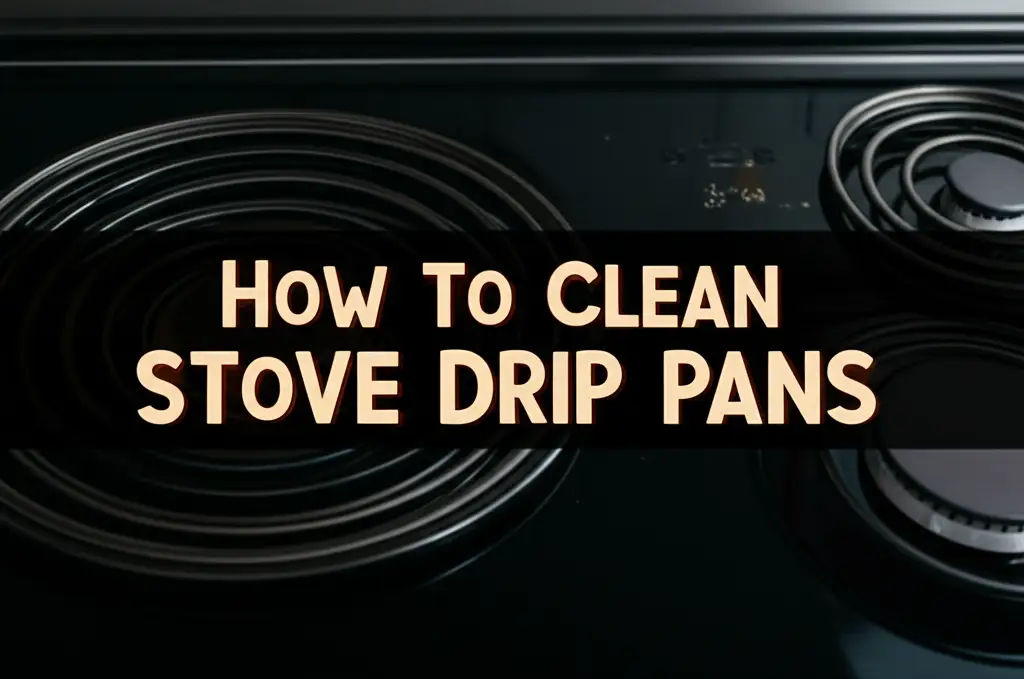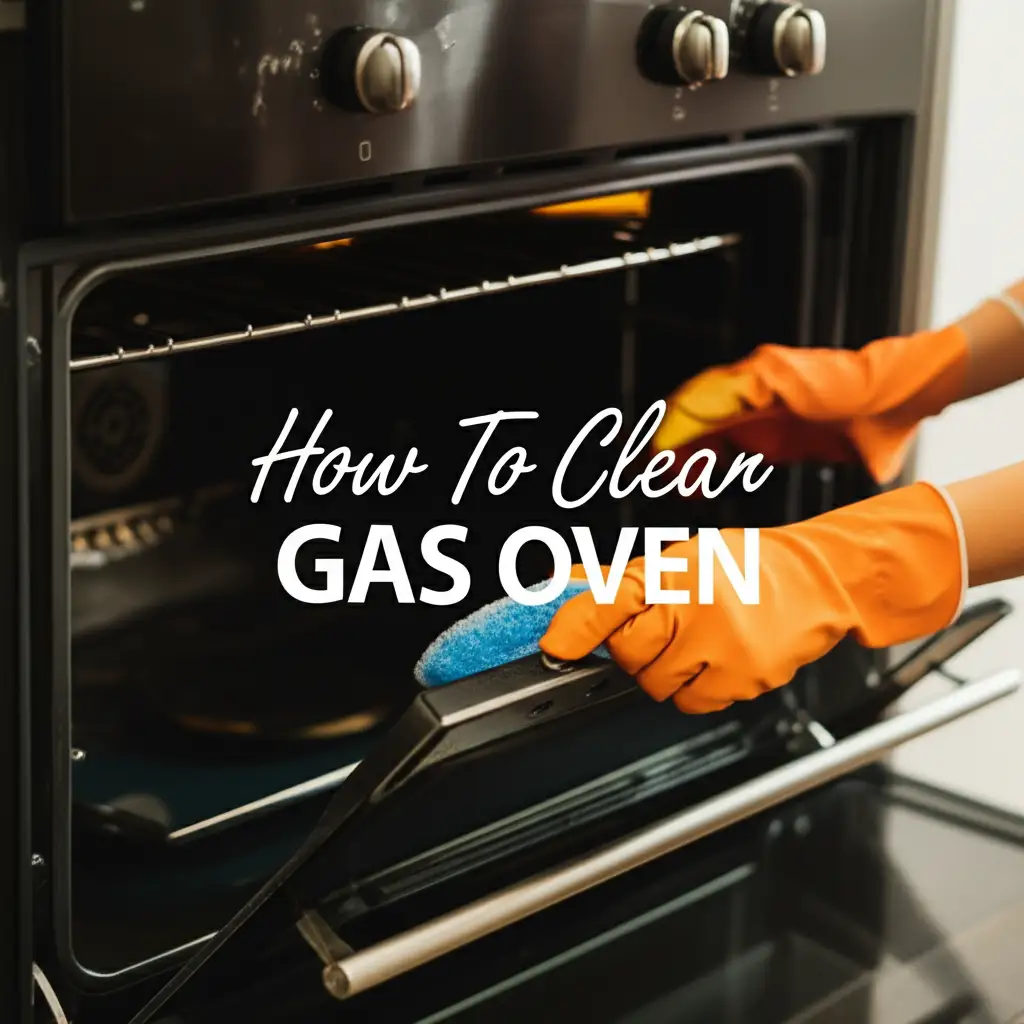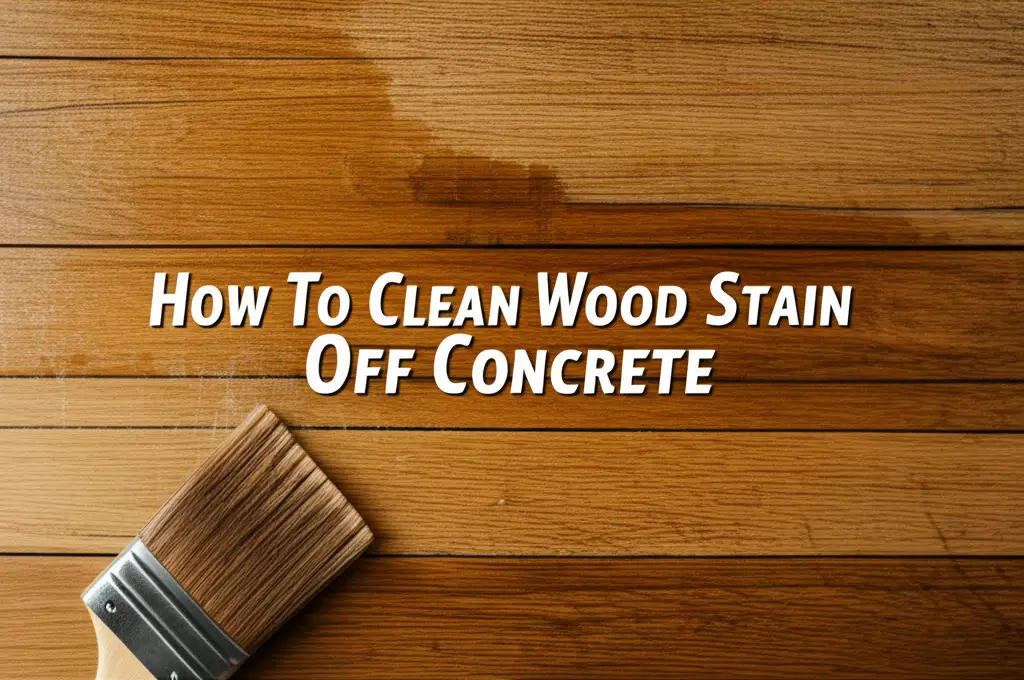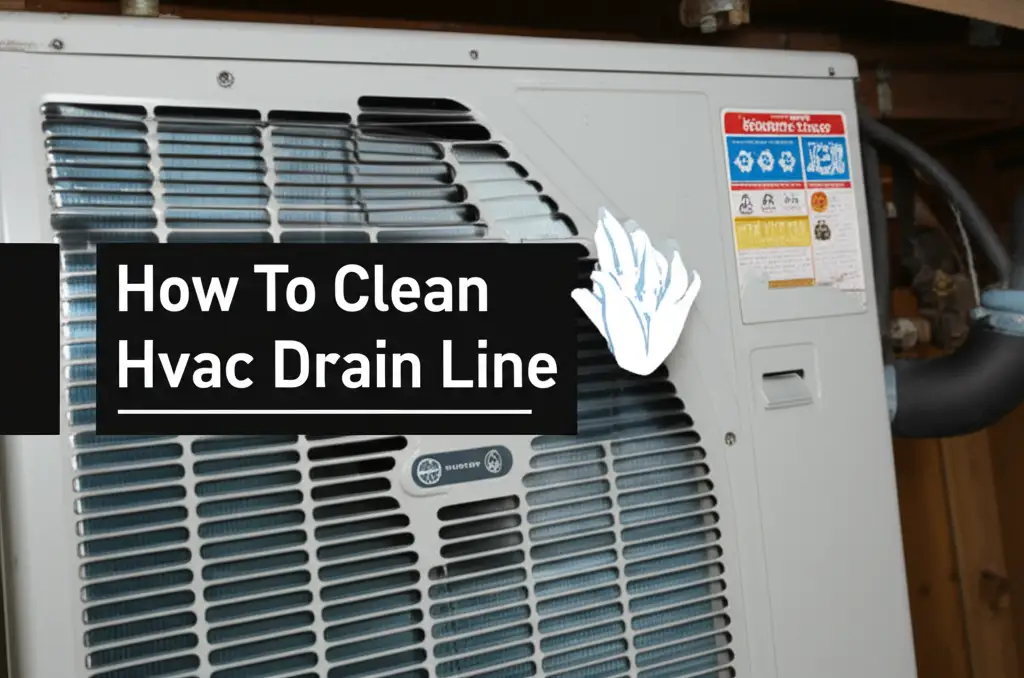· Stain Removal Guide · 19 min read
How To Clean Grease Stains
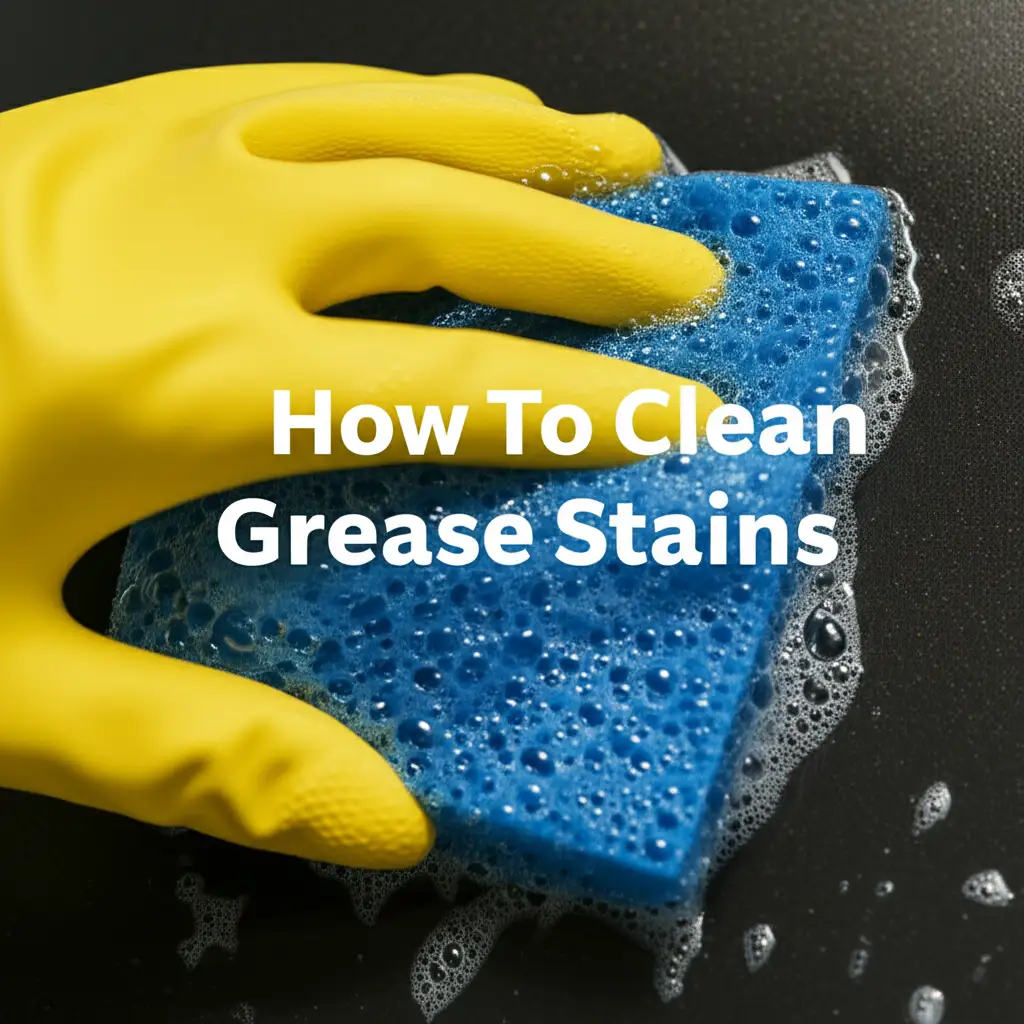
Master How To Clean Grease Stains Effectively
Grease stains are a common household problem. They appear on clothes, kitchen surfaces, and even floors. These stubborn marks seem to cling to materials, leaving an oily residue. Learning how to clean grease stains is essential for maintaining a tidy home. This guide shares simple steps and methods to remove grease from different surfaces. We cover everything from fabrics to hard surfaces, ensuring you have the knowledge to tackle any grease challenge. I will help you understand the right tools and techniques for success.
Takeaway:
- Act quickly when a grease stain occurs.
- Choose the right cleaning agent for the surface.
- Blot, do not rub, to prevent spreading the stain.
- Test cleaning methods in an hidden area first.
- Rinse thoroughly to remove residue.
Cleaning grease stains involves using absorbent materials or specific degreasing agents to break down the oil. Apply the chosen cleaner, allow it to work, then blot or wipe away the stain. Repeat this process until the grease disappears. Always consider the material type before you start cleaning.
Understanding Grease Stains: Different Types and Their Properties
Grease stains are an everyday annoyance. They come from cooking oils, car lubricants, or even body oils. Understanding their nature helps you remove them. Fresh grease stains are often easier to tackle. They have not yet set into the material fibers.
Older grease stains present a bigger challenge. Over time, the oil oxidizes and bonds more tightly with the surface. This makes them tougher to lift. Different types of grease also behave differently. Vegetable oils may react one way, while motor oil acts another. Knowing your stain helps you choose the correct cleaner. I always check what caused the stain if possible.
What Makes Grease Stains Stubborn?
Grease contains lipids, which are non-polar molecules. Water, a polar molecule, does not mix with them. This is why water alone fails to clean grease. Degreasers, soaps, and detergents work by surrounding the grease particles. They create a bridge between the oil and water. This allows the grease to lift away with rinsing.
The surface material also plays a role. Porous materials, like fabric or untreated wood, absorb grease deeply. Non-porous surfaces, such as glass or metal, hold grease on the surface. This means different cleaning strategies are needed for each. I find that quick action is always the best defense against stubborn grease.
Common Sources of Household Grease Stains
Most household grease stains come from the kitchen. Cooking oil splatters are common. Bacon grease, olive oil, and butter can leave marks. Grease can also come from food items, like pizza or chips. These stains often appear on countertops, clothes, or kitchen walls.
Other sources include car maintenance or mechanical work. Motor oil stains can happen on garage floors or work clothes. Personal care products, like lotions or makeup, may also contain oils. These can stain pillowcases or furniture. Identifying the source helps you predict the stain’s properties.
Essential Tools and Supplies for Effective Grease Stain Removal
Successful grease stain removal starts with having the right tools. You do not need a lot of complex items. Simple household products often work best. Prepare your cleaning station before you begin. This saves time and makes the process smoother.
Your basic kit should include absorbent materials. Paper towels, old cloths, or cornstarch work well. You also need a suitable cleaning agent. Dish soap is a go-to for many grease stains. Other options include baking soda, white vinegar, or rubbing alcohol. For tougher stains, a commercial degreaser may be needed. Always read product labels before use. I keep these items ready in my cleaning cabinet.
Absorbent Materials
Absorbent materials are your first line of defense. They soak up excess grease before it sets. This step prevents the stain from spreading. It also makes the actual cleaning easier.
- Paper Towels: Great for blotting fresh spills.
- Old Cloths/Rags: Useful for applying cleaners and wiping.
- Cornstarch or Baking Soda: These powders absorb oil from surfaces. You sprinkle them on, let them sit, then brush or vacuum them away. You can learn more about how to clean grease with cornstarch here.
- Talcum Powder: Similar to cornstarch, it draws out oil.
Always blot, do not rub, when using absorbents. Rubbing pushes the grease deeper into the material. Blotting lifts it away.
Cleaning Agents
The right cleaning agent breaks down the grease. Choose one suitable for the surface you are cleaning. Testing on a hidden spot is always a good idea. This prevents damage or discoloration.
- Dish Soap: Its degreasing properties make it effective on many surfaces. Use a small amount.
- White Vinegar: An acidic cleaner that helps cut through grease. Mix with water for most uses.
- Rubbing Alcohol: Good for dissolving oily residues on certain surfaces. Test first.
- Commercial Degreasers: Designed for tough, set-in grease. Follow product instructions carefully.
- Enzyme Cleaners: Best for organic grease stains, breaking down the oils.
- Ammonia: A strong cleaner, use with caution and good ventilation. Never mix with bleach.
You might also need a soft brush or sponge. These help agitate the cleaner on the stain. A spray bottle can make applying solutions easier. Have clean water ready for rinsing. I always make sure I have proper ventilation when using stronger cleaners.
Tackling Grease Stains on Fabrics and Upholstery
Fabric grease stains can be frustrating. They often appear on clothes, carpets, or furniture. The key is to act quickly. Fresh stains are much easier to remove than set-in ones. Different fabrics require different approaches. Always check the care label on clothing or upholstery before you start.
First, remove any excess grease. Use a dull knife or spoon to scrape off solids. Then, blot the stain with a clean paper towel. Do not rub, as this pushes the grease deeper. Next, apply an absorbent powder. Cornstarch, baking soda, or talcum powder works well. Sprinkle a generous amount over the stain. Let it sit for 15-30 minutes. The powder absorbs the oil. Brush off the powder afterward. This pre-treatment step is crucial.
Removing Grease from Clothing
Cleaning grease from clothes requires care. After absorbing excess grease, apply a degreasing agent. Dish soap is an excellent choice. Put a small drop directly onto the stain. Gently rub it in with your finger or a soft brush. Work the soap into the fabric fibers.
Let the soap sit for about 10-15 minutes. This gives it time to break down the grease. Then, wash the item as usual. Use the hottest water temperature safe for the fabric. Before drying, check the stain. If it remains, repeat the process. Drying an item with a remaining grease stain sets it permanently. I have learned this lesson the hard way many times.
- For delicate fabrics: Use a milder soap or dry-cleaning solvent. Test on an inconspicuous area first.
- For stubborn stains: Try pre-treating with a laundry stain remover designed for grease.
- Old stains: You might need multiple applications or a longer soaking time with the dish soap.
Cleaning Grease from Carpets and Upholstery
Grease on carpets and upholstery needs a gentle touch. Start by scraping off solids and blotting excess oil. Sprinkle cornstarch or baking soda on the stain. Let it sit for several hours, or even overnight. This gives the powder time to draw out the grease. Vacuum up the powder thoroughly.
If the stain persists, mix a small amount of dish soap with warm water. Create a sudsy solution. Apply the suds (not too much water) onto the stain with a clean cloth. Blot gently from the outside of the stain inwards. This prevents spreading. Rinse the cloth and blot again to remove soap residue. Finally, blot the area dry with a clean towel. Avoid saturating the fabric. Proper drying prevents mold or mildew. If it’s a mattress, the general principles of stain removal apply; you can refer to tips on how to clean stains from a mattress for similar advice.
Effective Strategies for Cleaning Grease from Kitchen Surfaces and Appliances
Kitchens are prime spots for grease stains. Cooking activities often lead to splatters on countertops, stovetops, ovens, and cabinets. These surfaces demand regular attention to prevent grease buildup. Tackling fresh grease is always easier. A quick wipe-down after cooking saves a lot of work later.
For daily cleaning, warm soapy water is usually enough. For tougher or older stains, you need more targeted methods. Different materials in the kitchen require specific care. Stainless steel, laminate, and wood each react differently to cleaners. I always consider the surface type before choosing a product.
Cleaning Grease from Stovetops and Countertops
Stovetops and countertops get grease splatters frequently. For fresh spills, wipe them immediately with a damp cloth and dish soap. If the grease has dried, you might need a stronger approach. Mix baking soda with a little water to form a paste. Apply this paste to the grease stain. Let it sit for 15-30 minutes. The baking soda helps absorb and lift the grease. Scrub gently with a non-abrasive sponge or cloth. Wipe clean with a damp cloth and dry thoroughly.
For laminate or tile countertops, this method works well. For delicate surfaces like marble, use a poultice method. Mix baking soda with hydrogen peroxide to form a thick paste. Apply it to the stain, cover with plastic wrap, and let it sit overnight. Wipe away in the morning. To learn more about cleaning stains on marble, click here.
Removing Grease from Ovens and Stainless Steel Appliances
Ovens often collect baked-on grease. This requires specific cleaning products. Commercial oven cleaners are effective. They contain strong degreasing agents. Always follow the product instructions and use in a well-ventilated area. Alternatively, you can use a natural method. Make a thick paste with baking soda and water. Spread it inside the oven, especially on greasy spots. Let it sit overnight. The next day, spray with white vinegar. This creates a fizzing action that helps loosen the grease. Scrape off the softened residue with a plastic scraper. Wipe clean with a damp cloth. For more detailed steps, check out how to how to clean grease from oven.
Stainless steel appliances also show grease easily. Fingerprints and oil splatters are common. For these, use a soft cloth with warm water and a few drops of dish soap. Wipe in the direction of the grain. For tougher grease, specialized stainless steel cleaners work well. These cleaners often leave a streak-free shine. Remember to polish with a dry microfiber cloth after cleaning. You can find more comprehensive advice on how to clean grease off stainless steel.
Cleaning Grease from Kitchen Cabinets and Exhaust Fans
Kitchen cabinets, especially those above the stove, gather greasy residue. Regular cleaning prevents buildup. For most cabinet finishes, a solution of warm water and dish soap works. Mix a few drops of soap into a spray bottle of warm water. Spray the greasy areas. Let it sit for a minute or two to loosen the grime. Wipe with a clean, damp cloth. For stubborn spots, a paste of baking soda and water can be used carefully. Test it in an hidden area first, especially on painted or wooden cabinets. This ensures no finish damage. Get more specific guidance on how to clean grease from kitchen cabinets.
Kitchen exhaust fans accumulate heavy grease. This grease can become very sticky. Often, the fan covers are removable. Soak them in a sink filled with hot water and strong dish soap. Let them sit for at least 30 minutes. Scrub with a brush to remove the loosened grease. For the non-removable parts, spray with a degreaser or a vinegar and water solution. Let it sit, then wipe thoroughly. A brush helps reach crevices. Regular cleaning keeps the fan working efficiently. For comprehensive steps, see how to clean kitchen exhaust fan grease.
Removing Grease Stains from Hard Surfaces: Floors, Walls, and Concrete
Grease stains on hard surfaces are common in homes. Kitchen floors, walls, and garage concrete often bear these marks. Each surface requires a specific approach. Different materials absorb grease differently. This affects the cleaning method. Acting fast helps prevent the stain from setting in deeply. I assess the type of surface first.
For fresh stains on hard floors, a quick blot and wipe can suffice. Older stains need more powerful cleaners. Walls often get splashes, especially near cooking areas. Concrete in garages can absorb motor oil or cooking grease. Using the wrong cleaner can damage the surface. Always test cleaners in an inconspicuous area.
Cleaning Grease from Floors (Tile, Hardwood, Vinyl)
Grease on kitchen floors is common. For tile floors, first, blot up excess grease. Then, apply a few drops of dish soap directly to the stain. Scrub gently with a soft brush or sponge. Wipe clean with a damp cloth. For grout lines, a toothbrush helps. A solution of warm water and white vinegar also cuts through grease. Mix equal parts vinegar and water. Spray on the stain, let it sit for a few minutes, then wipe.
Hardwood floors require more care. Avoid excessive water. Blot up fresh grease immediately. Sprinkle cornstarch or baking soda on the stain. Let it sit for several hours to absorb the oil. Vacuum or sweep up the powder. If a mark remains, dampen a cloth with mineral spirits. Lightly rub the stain. Always test mineral spirits in an hidden area first. Clean the area with a wood-safe cleaner afterward. For general guidance on wood stains, see how to clean stains on wood. Vinyl floors are more resilient. Use dish soap and warm water. For tougher stains, a diluted solution of ammonia and water can be used. Rinse well.
Tackling Grease Stains on Walls
Walls can suffer from grease splatters, especially in the kitchen or dining area. For painted walls, a mild approach is best. Mix warm water with a small amount of dish soap. Dampen a soft cloth with this solution. Gently wipe the grease stain. Work from the outside of the stain inward. This stops the stain from spreading. Rinse the cloth frequently with clean water. Wipe the area with a clean, damp cloth to remove soap residue. Finally, dry the wall with a clean, dry towel.
For stubborn grease spots, a paste of baking soda and water might help. Apply a thin layer to the stain. Let it sit for 5-10 minutes. Gently wipe it off with a damp cloth. Always be careful not to scrub too hard, as this can remove paint. Test this method in an inconspicuous area first. For general wall stain advice, check out how to clean stains off walls. If the stain is on a ceiling, specifically from grease, you might find specific techniques for how to clean grease off ceiling useful.
Removing Grease from Concrete Surfaces
Concrete driveways, garage floors, and patios often get grease stains from vehicles or barbecues. These stains are challenging because concrete is porous. For fresh oil stains, cover the area immediately with cat litter, sawdust, or sand. Let it sit for several hours or overnight to absorb the oil. Sweep up the absorbent material.
For older or set-in grease stains, a degreaser is necessary. Apply a commercial concrete degreaser directly to the stain. Follow the product instructions for dwell time. Scrub the area vigorously with a stiff brush. Rinse the area thoroughly with a hose or pressure washer. You may need to repeat this process for severe stains. Alternatively, you can use a baking soda paste mixed with a little water. Apply, scrub, and rinse. For detailed steps, refer to how to clean grease from concrete or general how to clean stains from concrete. For cement floors, specific guidance on how to clean cement floor stains can also be helpful.
Dealing with Specialized Grease Stains: Baked-on, Drains, and Air Fryers
Some grease stains require special attention. They might be extremely tough, like baked-on residue, or located in hard-to-reach places, like drains. Air fryers also pose a unique cleaning challenge due to their design. Standard cleaning methods may not be enough for these situations. I approach these with more focused techniques.
Understanding the nature of these specific grease problems is key. Baked-on grease has carbonized, making it very adhesive. Drain grease combines with other waste, creating clogs. Air fryer grease can build up in small crevices. Each requires a tailored solution. Always consider safety when dealing with harsh chemicals or hot appliances.
Cleaning Baked-On Grease from Pans and Cookware
Baked-on grease is incredibly stubborn. It forms when oil heats and sticks to metal surfaces over time. For pans and cookware, several methods work. One common approach uses baking soda and vinegar. Sprinkle baking soda over the greasy area. Add a little vinegar. It will fizz. Let this mixture sit for 15-30 minutes. The fizzing action and baking soda help loosen the grime. Then, scrub with a non-abrasive scrubber.
Another effective method is boiling water and dish soap. Fill the pan with water, add a few drops of dish soap, and bring to a boil. Let it simmer for 10-15 minutes. The hot soapy water helps soften the baked-on grease. Allow the water to cool. Then, scrub and wash as usual. For very tough spots, a paste of baking soda and hydrogen peroxide applied overnight can do wonders. You can find more specific advice on how to clean baked-on grease from pans. Also, for particularly burnt residue, check out how to clean burnt grease from bottom of frying pans.
Clearing Grease from Drain Pipes
Grease in drain pipes is a major issue. It cools, solidifies, and combines with other debris like hair and food particles. This forms stubborn clogs. Pouring hot water down the drain regularly helps prevent buildup. For existing minor clogs, a natural method can work. Pour one cup of baking soda down the drain. Follow it with one cup of white vinegar. The mixture will fizz. Let it sit for 30 minutes to an hour. Then, flush with very hot water. This can break down the grease.
For more severe clogs, a commercial drain cleaner designed for grease might be necessary. Always use these products carefully. Follow all safety instructions. Ensure good ventilation. Avoid mixing different drain cleaners, as this can create dangerous fumes. If the clog persists, it might be time to call a plumber. Regular maintenance prevents these issues. For detailed steps on clearing blocked pipes, refer to how to clean grease from drain pipes.
Cleaning Grease from Air Fryers
Air fryers are popular for healthy cooking, but they still accumulate grease. The cooking process can lead to baked-on grease inside the basket and on the heating element. Regular cleaning is important for hygiene and appliance efficiency. Always unplug the air fryer before cleaning. Let it cool completely.
For the basket and drawer, wash them with warm soapy water and a non-abrasive sponge. For baked-on grease, soak them in hot, soapy water for 15-30 minutes. Scrub gently to remove residue. For the main unit and heating element, wipe with a damp cloth. A soft brush can remove food bits from the heating coil. For stubborn grease on the element, use a baking soda paste on a cloth. Gently wipe, then remove with a clean, damp cloth. Never immerse the main unit in water. For a comprehensive guide, see how to clean grease from air fryer.
Prevention and Maintenance: Keeping Grease Stains at Bay
Preventing grease stains is easier than removing them. A proactive approach saves time and effort in the long run. Good habits in the kitchen and around the house significantly reduce the likelihood of stubborn grease marks. I find that a little effort daily makes a huge difference.
Regular cleaning is the most effective prevention strategy. Wiping up spills immediately stops them from setting. Using protective covers or backsplashes also helps. Thinking ahead about how grease might spread saves you from future headaches.
Best Practices for Preventing Grease Buildup
Consistent kitchen hygiene prevents most grease issues. After cooking, wipe down your stovetop and countertops. Use a damp cloth with a little dish soap. This removes fresh splatters before they dry. Cover pots and pans when cooking, especially when frying. This contains splatters and reduces grease spread.
- Use Splatter Screens: These mesh covers fit over pans and catch flying grease.
- Clean As You Go: Wipe down surfaces immediately after cooking.
- Ventilation: Use your kitchen exhaust fan or range hood every time you cook. This pulls grease-laden air out of the kitchen.
- Regular Deep Cleans: Schedule periodic deep cleaning for your oven, stove, and exhaust fan filters. This stops grease from building up.
For appliances like air fryers or ovens, clean them after every few uses. This prevents baked-on grease from forming. It also maintains their efficiency.
Maintaining Surfaces to Resist Grease
Treating surfaces can make them more resistant to grease. For countertops, seal porous materials like granite or marble regularly. This creates a barrier against oil absorption. Waxing wooden cabinets or furniture can also provide a protective layer. For stainless steel, using specialized cleaners that leave a protective film helps repel fingerprints and grease.
- Seal Grout Lines: Grout on tile floors and backsplashes can absorb grease. Sealing them helps.
- Protective Mats: Place mats under appliances like coffee makers or toasters. These catch drips and spills.
- Proper Disposal of Grease: Never pour cooking grease down the drain. It hardens and clogs pipes. Pour it into a container, let it cool, and dispose of it in the trash. This prevents issues like how to clean grease from drain pipes.
By adopting these preventative measures, you can minimize the occurrence and severity of grease stains. This keeps your home cleaner with less effort.
Frequently Asked Questions About Cleaning Grease Stains
Q1: What is the fastest way to remove a fresh grease stain from clothes?
A1: The fastest way is to act immediately. Blot the stain with a paper towel to absorb excess oil. Then, apply a small amount of dish soap directly onto the stain. Gently rub it in with your finger. Wash the item in the hottest water safe for the fabric. Check the stain before drying.
Q2: Can baking soda really remove old grease stains?
A2: Yes, baking soda can help. It works by absorbing the oil. For old stains, create a thick paste with baking soda and water. Apply it to the stain, let it sit for several hours or overnight, then brush it off. This often requires multiple applications.
Q3: Is it safe to use commercial degreasers on all surfaces?
A3: No, it is not safe for all surfaces. Commercial degreasers are powerful and can damage delicate materials like wood, painted surfaces, or certain plastics. Always read the product label. Test the degreaser in an hidden area before applying it widely. Ensure good ventilation during use.
Q4: How do I remove grease stains from concrete without special tools?
A4: You can use absorbent materials like cat litter or cornstarch for fresh stains. Sprinkle a generous layer on the stain and let it sit for hours to absorb the grease. For older stains, apply a thick paste of baking soda and water. Scrub with a stiff brush and rinse thoroughly.
Q5: What should I do if a grease
- grease removal
- stain cleaning
- home care
- kitchen cleaning
- fabric stains
- DIY cleaning
- oil stains

